Home [spacer] Low-Code Application Development
What is Low-Code Application Development?
Low-Code Application Development is creating business applications without being a coding expert. It's similar to assembling things with blocks or solving a puzzle, making app creation accessible to more people. You don't need to write a lot of complex code. Instead, you just drag & drop things together quickly and easily.
The best part is that it all just fits!
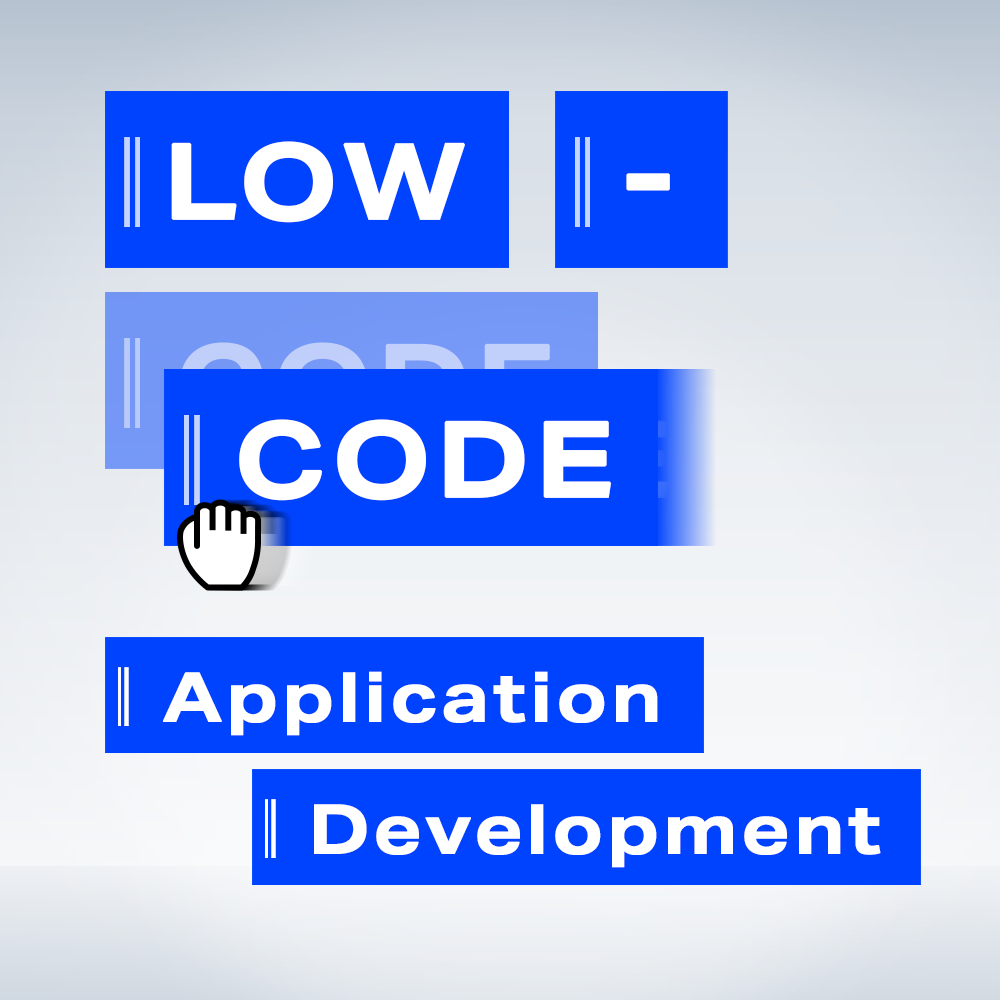

Pro-Code development
Traditional Pro-Code development is the process of creating programs or applications by writing detailed instructions (code) from scratch. It requires in-depth knowledge of programming languages, algorithms, and software architecture. Developers work line by line to build software, which can be time-consuming and complex. It demands advanced technical skills and can have a steep learning curve.
Low-Code development
Low-Code development is a method for building computer programs or applications with less manual coding. It involves using visual interfaces and pre-made components with drag & drop methods to streamline the development process. This approach is user-friendly and doesn't require as much coding expertise, making it faster and simpler to create apps. It's accessible to a wider range of users and speeds up the application development process.
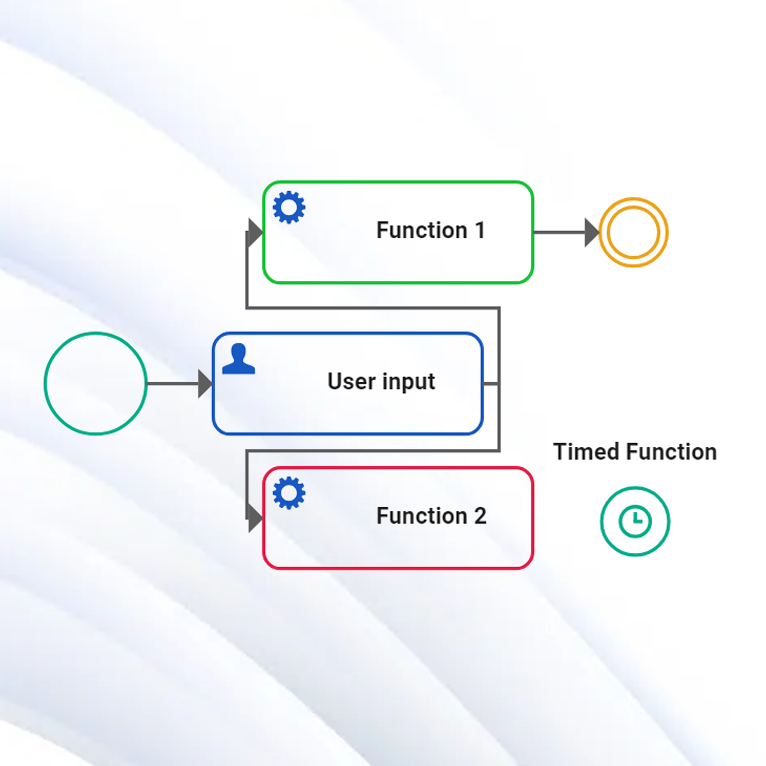
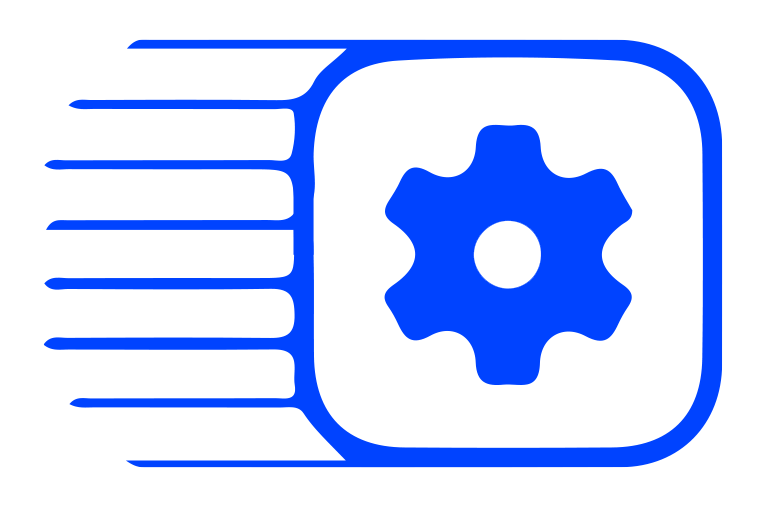
Rapid development
Develop Applications in weeks,
not months
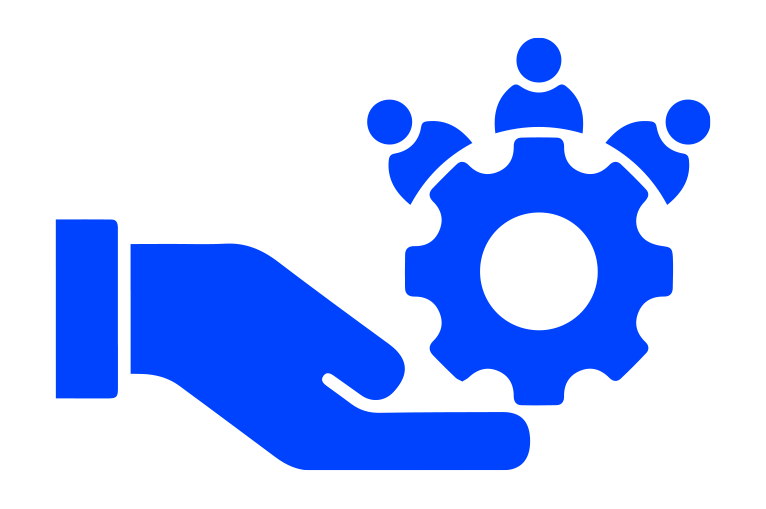
Coding for All
Empower IT-savvy employees to
contribute to software development

IT Integration
Simplify App creation and integration
into your existing IT systems
Scheer PAS Designer
Application Development
With Scheer PAS Designer, employees can easily create business processes, applications, and integrations using drag & drop features and standardized elements. It ensures security through role-based processes, like approval workflows, and allows one-click execution and direct testing of the completed models.
Form Editor
The built-in form editor in Scheer PAS enables the creation of sophisticated web forms and applications. Users can easily design forms by dragging and dropping standardized elements like input fields and date pickers. Customization with CSS ensures a consistent look, making navigation user-friendly, and reusable templates streamline form creation for organization-wide consistency.
Integration & Data Mapping
The linking and merging of data and systems is also possible through Low-Code using the mapping diagram. The developer defines the source and target systems, as well as the data that should be exchanged. They also determine what should happen with this data, such as performing a calculation or applying a business rule. This allows for easy linking of multiple sources and targets.
Scheer PAS Designer
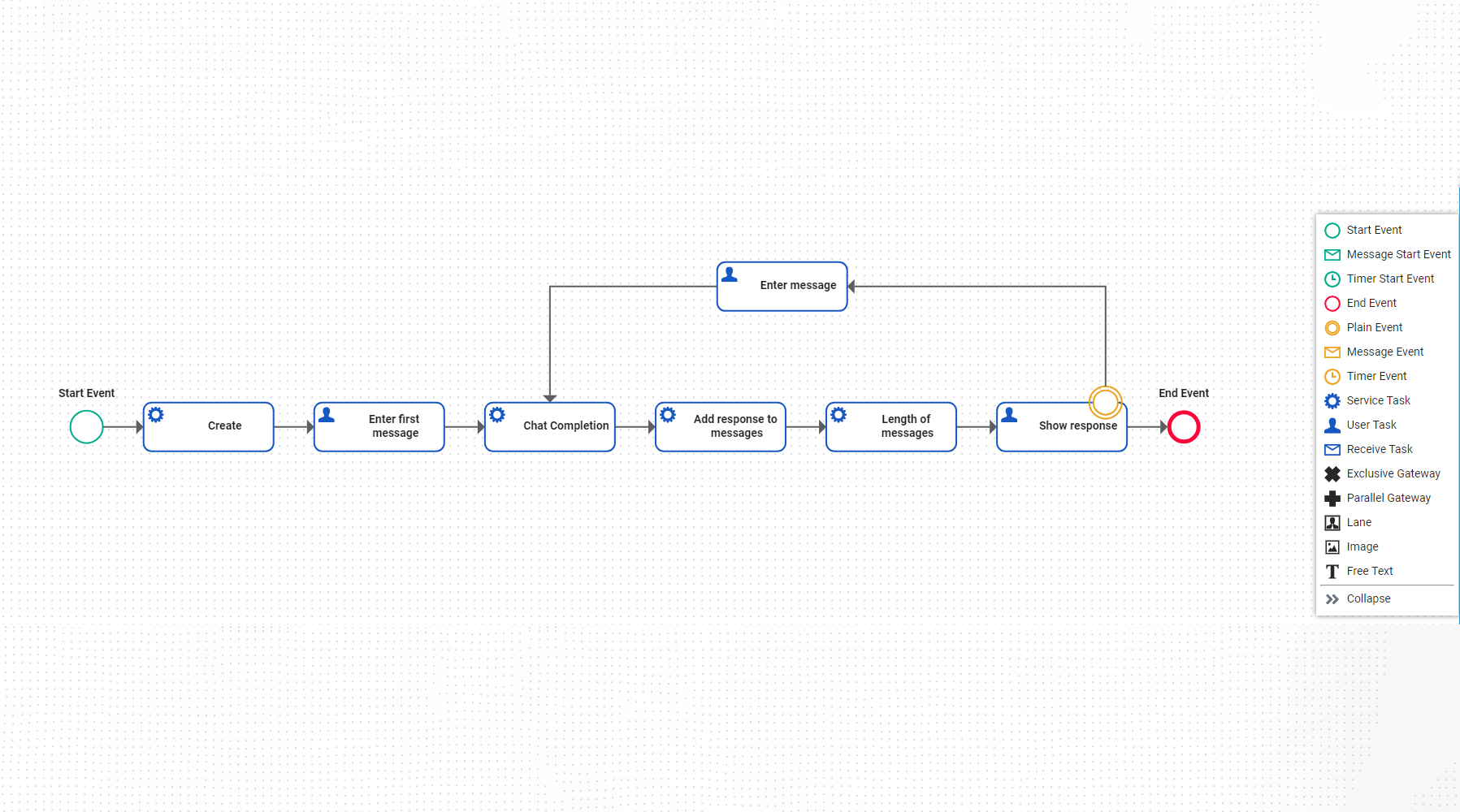
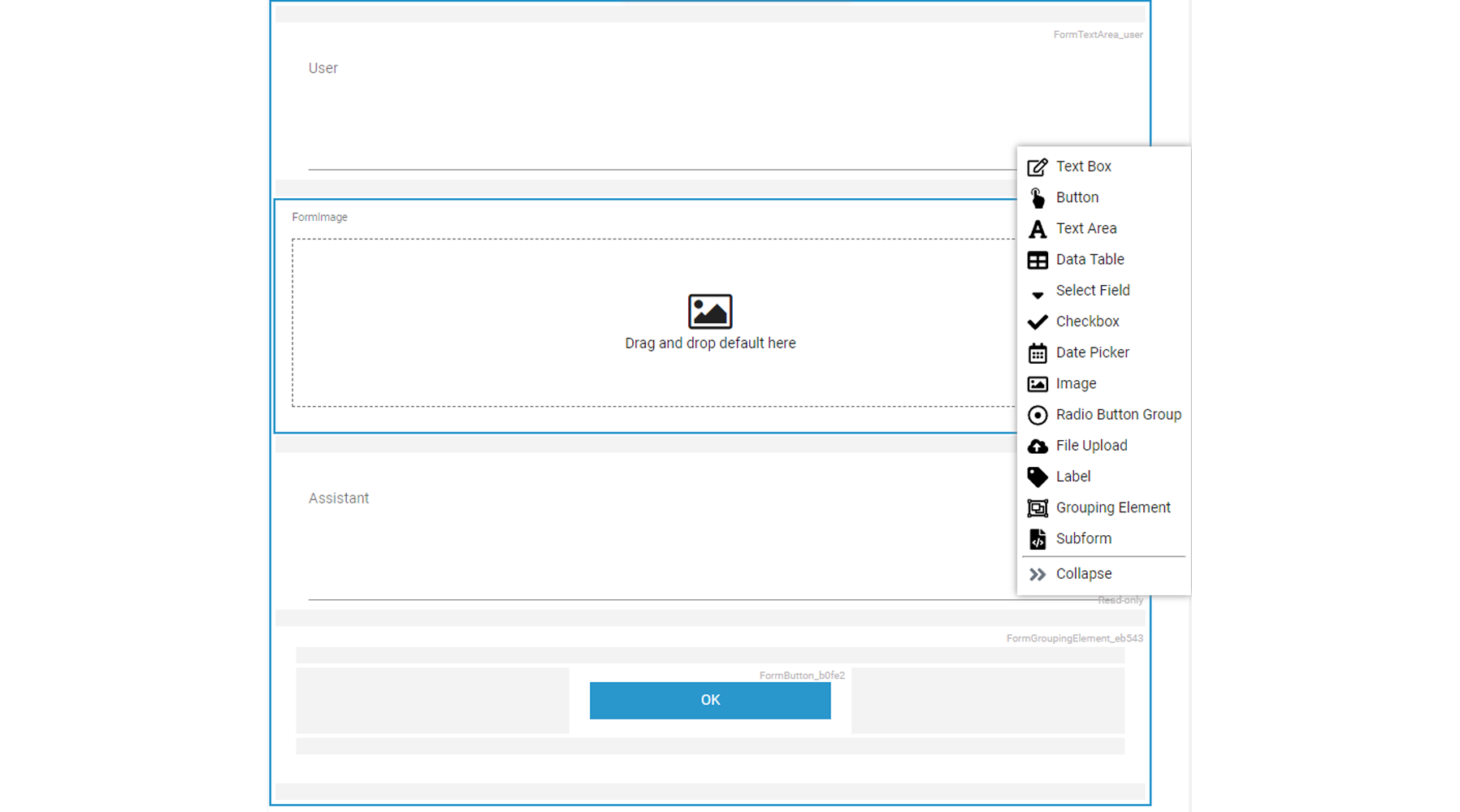
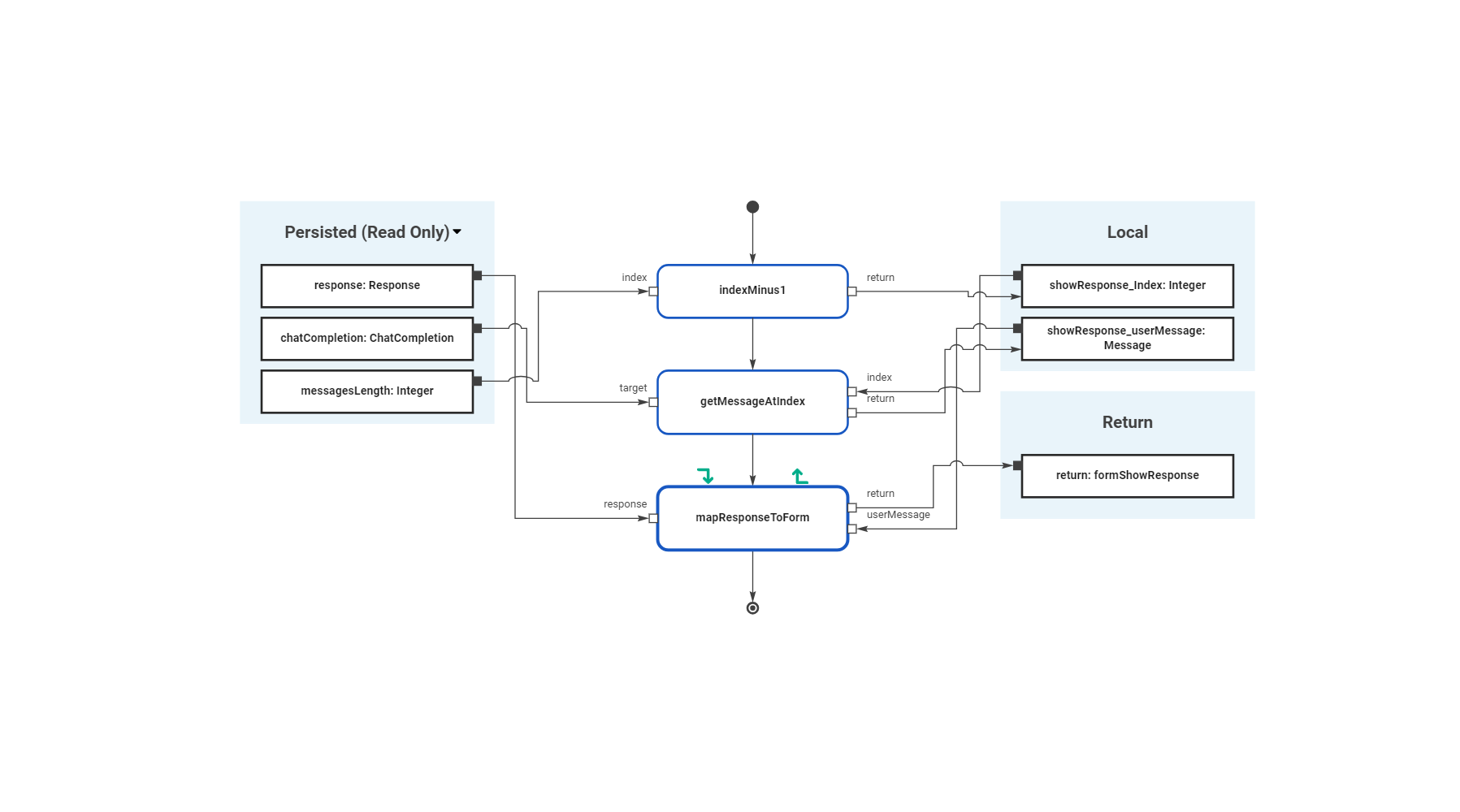
Often in development, you need something customized specifically for your needs. That is where Scheer PAS Designer shines. Your employees can model the majority of your processes as BPMN in PAS Designer, and hand the customization part to the IT department. After the IT department is done customizing using Pro-Code, processes and applications can be imported back into PAS Designer and further work can be continued in Low-Code.
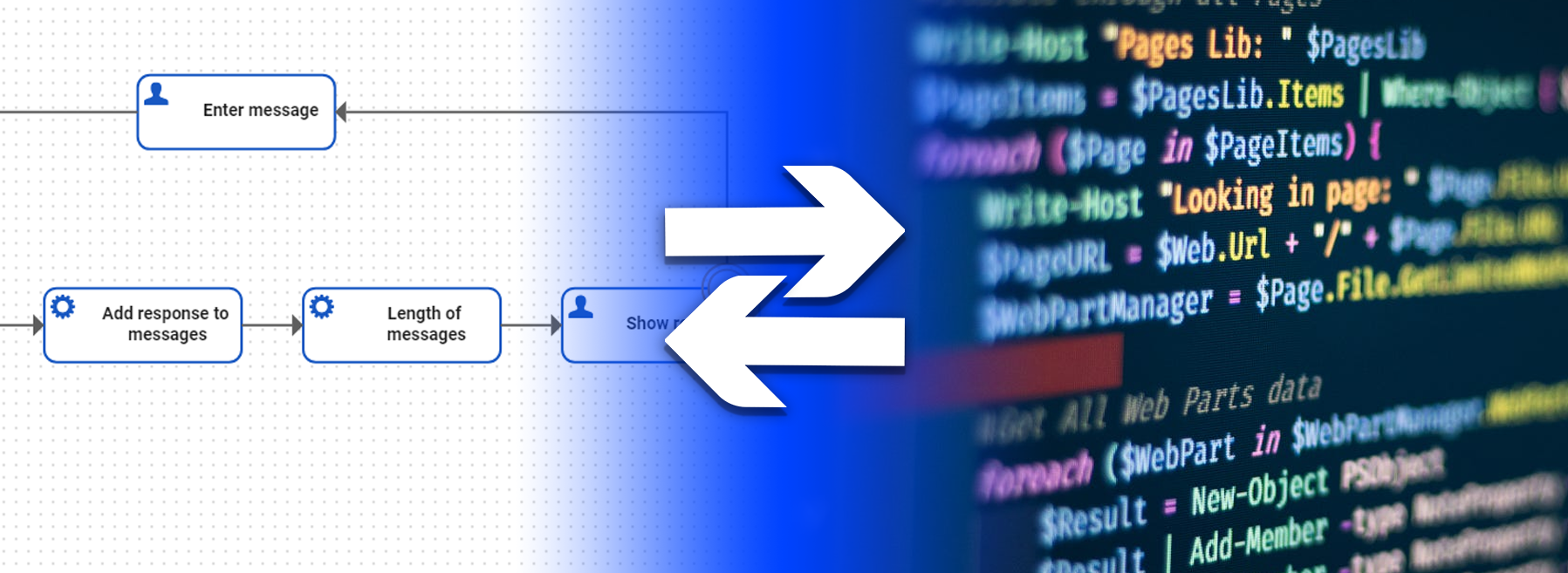
Interested in Low-Code?
The shortage of skilled workers threatens business success, and digitalization is progressing slowly in many organizations. Application development using Low-Code technology offers a promising solution.
Read our Whitepaper